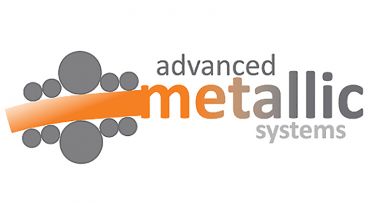Simulating Defect Formation in Additively Manufacture Ni-based Superalloys
Understanding how defects form in Nickel alloys during 3D printing

Some Nickel-based superalloys crack heavily during additive manufacturing. It is not understood why these cracks form, so there's no mitigating strategy available. The project's aim is therefore to simulate the formation of these defects using multi-physics and to understand the underlying failure mechanism.
Mostafa's Eng.D. project investigates defect formation during Selective Laser Melting (SLM) of high γ′ Ni-based Superalloys, focusing on CM247LC. These alloys offer excellent high-temperature properties but are prone to cracking during SLM. Instead of relying on empirical parameter tuning, this work uses a multi-physics, multi-scale modelling strategy to understand and mitigate defect formation.
Three defect classes are studied across different scales. At the nanoscale, solidification pores (~50 nm) are modelled using a multi-component Phase Field (PF) approach. These simulations suggest that a transition from dendritic to cellular solidification reduces nanoporosity and cracking risk.
To capture stress effects, a Crystal Plasticity (CP) code has been developed in FEniCSx and validated against commercial solvers. It will be coupled with PF simulations to explore how processing conditions, grain boundary misorientation, and γ′ evolution affect micro-residual stress and dislocation density. Neutron scattering will be used for experimental validation. Macroscale simulations embed CP-predicted micro-residual stress fields into part-scale inherent strain models. This enables virtual mechanical testing and provides a benchmark for model fidelity.
Finally, the project explores whether meltpool-scale dimensionless numbers (e.g., Peclet, Reynolds) can predict defect likelihood. This could offer a physics-based alternative to empirical process maps.
The class of alloys that Mostafa's project is investigating is used to produce hot-end components for aeroengines and for the power industry. Making these alloys more printable opens a massive space for optimisation and exploration to produce more efficient aircraft engines.
Biography
Mostafa K. A. Salem received his B.Eng. (Hons.) degree from the University of Bristol in 2023, where his thesis on modeling factory flow for aerospace additive manufacturing was published on IEEE. He is currently pursuing an Eng.D. in partnership with GKN Aerospace at the University of Sheffield, with research focusing on multi-scale, multi-physics modeling of defect formation in laser powder bed fusion (LPB-F). His research benefits from industrial experience in LPB-F gained through work in the aerospace sector.

Study with us
Study for a fully-funded PhD or EngD in Advanced Metallic Systems to explore innovative materials and manufacturing routes to increase sustainability and performance.
